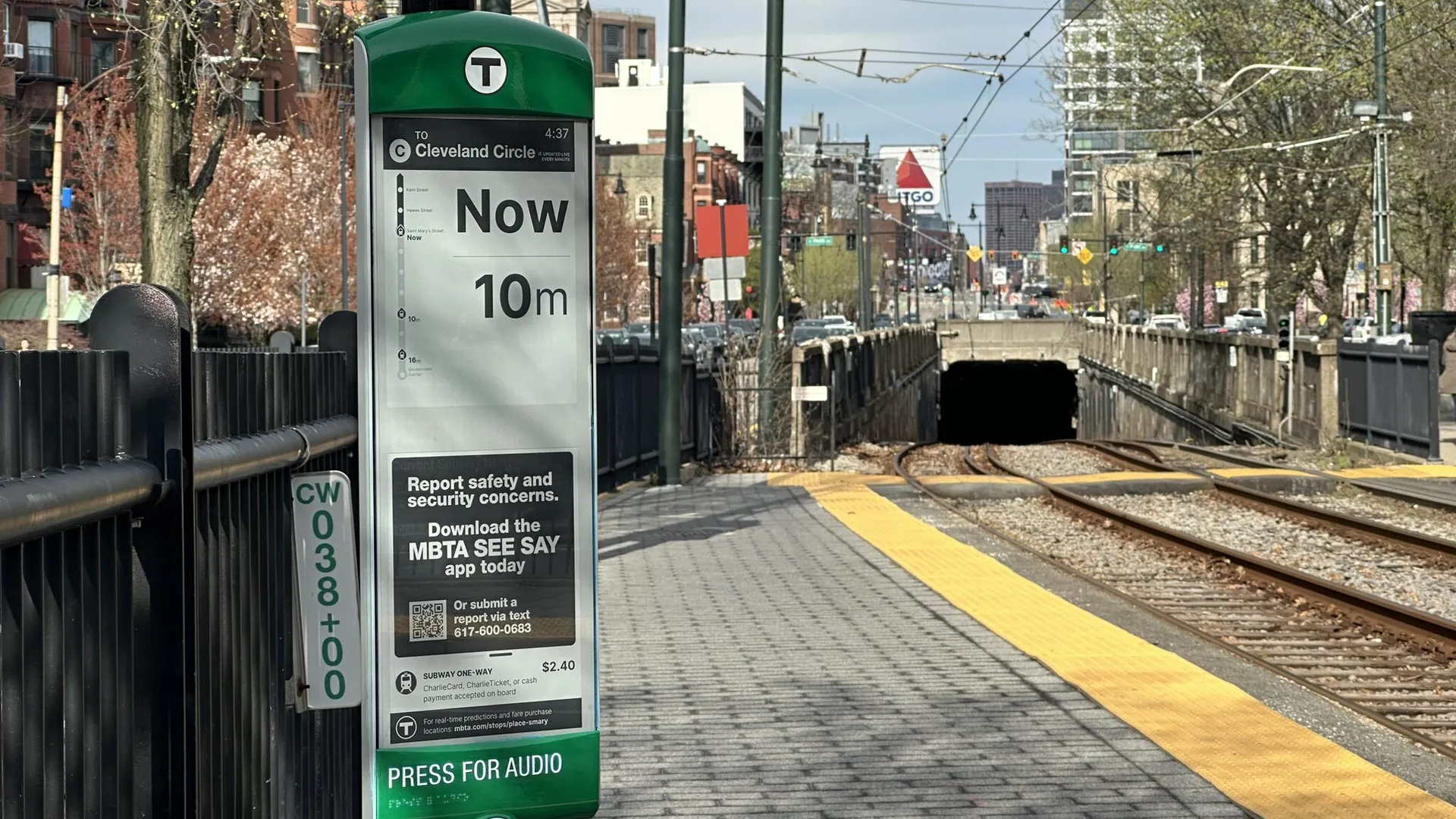Public transportation systems around the world are undergoing a digital transformation, and E Ink is at the heart of this evolution. Known for ultra-low power consumption and exceptional readability in all lighting conditions, E Ink ePaper displays are enabling transit authorities to deliver real-time, accessible information to passengers in new ways.

Source: Papercast
Papercast Deployments in Chicago and Los Angeles
Papercast, a leading provider of E Ink-based passenger information systems, is deploying E Ink displays across major U.S. cities like Chicago and Los Angeles.
In Chicago, Papercast displays are enhancing bus stop signage across the CTA network, one of the largest transit systems in the nation. These displays offer dynamic, real-time data on bus arrival times, route changes, and rider notices—all with the benefit of E Ink’s daylight readability and battery efficiency. For a city known for its fast-changing weather, ePaper displays are the perfect fit with their ability to withstand harsh weather conditions.
Meanwhile, in Los Angeles, Papercast has partnered with LA Metro to roll out E Ink displays at selected bus stops as part of a broader initiative to improve transit equity and information access. These solar-powered displays are particularly impactful, as real-time transit data can help riders make better-informed travel decisions, reduce wait times, and improve reliability.

Courtesy of Marc Ebuña
Mercury Innovation Displays on the MBTA Green Line
Further East, E Ink in transit is unfolding in Boston, where the Massachusetts Bay Transportation Authority (MBTA) has deployed Mercury Innovation displays on the Green Line. These next-generation signs harness the power of E Ink technology to bring accurate, always-visible transit information directly to passengers.
These displays are uniquely suited for the Green Line’s above-ground stops, where infrastructure is often constrained by space, power availability, and historic preservation concerns. These solar-powered displays are wirelessly connected and easy to install, eliminating the need for extensive cabling or construction. They provide real-time train arrival information, service alerts, and accessibility updates, all in crisp, high-contrast E Ink text that remains readable even under direct sunlight or harsh weather.
By modernizing the Green Line with ePaper displays, the MBTA is delivering a more predictable, transparent rider experience while making strides in sustainability and operational efficiency.
Why Use ePaper Displays in Public Transportation?
The success of E Ink displays in Boston, Chicago, and Los Angeles reflects the technology’s unique advantages in the public transportation domain:
- High Visibility: The displays remain perfectly legible under direct sunlight and at wide viewing angles—perfect for busy, outdoor environments.
- Durability and Scalability: With no need for complex wiring or power infrastructure, transit agencies can deploy them quickly and cost-effectively.
- Sustainability: ePaper displays only consume power when updating, contributing to greener cities by reducing energy usage and maintenance trips.
As cities grow smarter and more connected, E Ink technology is playing an increasingly central role in shaping how people interact with transit systems. Whether through Mercury’s real-time updates on the Green Line or Papercast’s passenger-centric rollouts in urban centers, E Ink displays are helping to build transit networks that are more inclusive, sustainable, and efficient.


Leave Comment